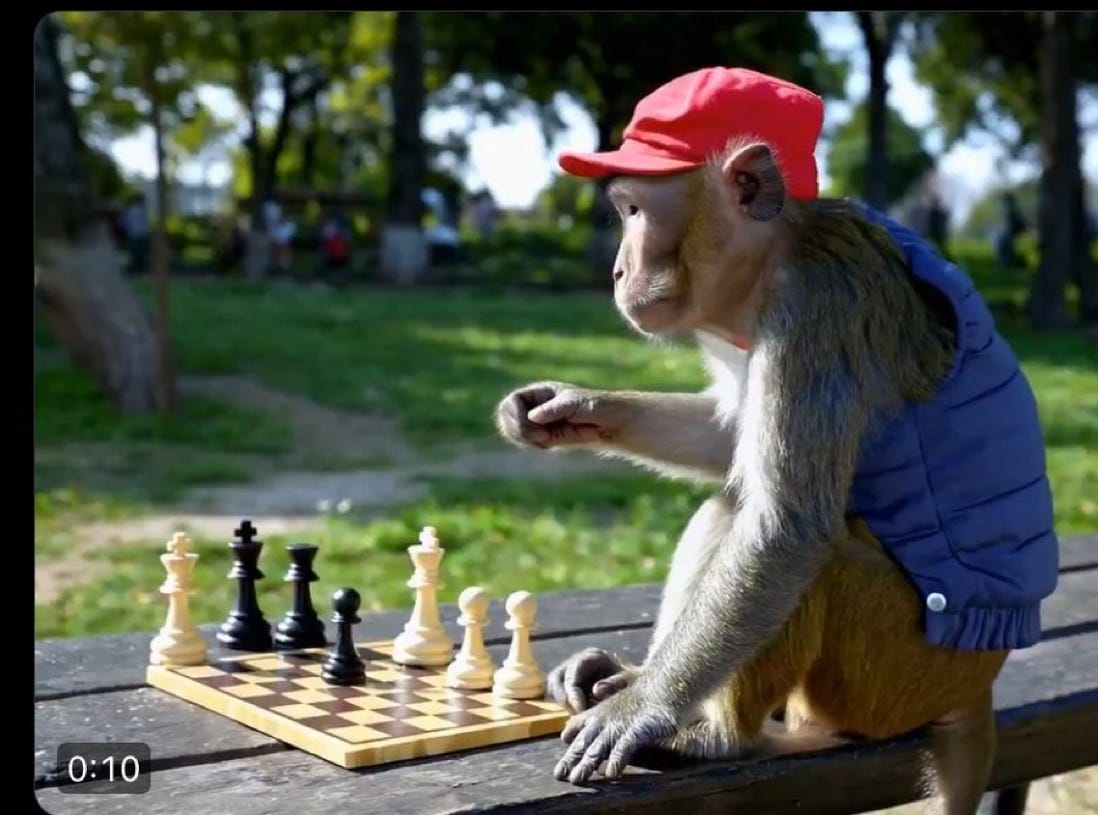"A chatbot as a mouth on the screen of a mobile phone"
Will chatbots based on the large language model lead to advancd general artificial intelligence?
Or are we heading towards another AI winter?

CODIL was a very early attempt to build a human-friendly language for a computer which could work with humans as a transparent "electronic clerk" - avoiding the "black box" problems associated with modern large language artificial intelligent systems.. The current study suggested that CODIL worked by modelling how the human brain handles complex information processing tasks. The CODIL archives suggest effective ways of building transparent AI systems and modelling how human intelligence evolved
"A chatbot as a mouth on the screen of a mobile phone"
Will chatbots based on the large language model lead to advancd general artificial intelligence?
Or are we heading towards another AI winter?


Most of the CODIL research was carried out on mainframe computers which have long been retired from service, but in the early 1980s it was decided to produce a demonstration version, in the form of an educational package that would work on a BBC Micro - which was a popular hobby minicomputer which was used widely in schools and over 1.5 million were produced. The result was MicroCODIL. A large number of BBC microcomputers have survived (typically several are advertised at any one time on eBay) the package can still be run to demonstrate MicroCODIL and how it provides a transparent human-friendly framework.
In the CODIL interpreters information about the tasks being executed is mapped from the CODIL text onto a table which represent a map of a recursive network where each node in the network represents a set or a partition of a set. To keep the human interface the syntax is a simple as possible and it is not concerned about the conventional distinction between "program" and "data".
CODIL is best understood in similar way to a symbolic assembly language designed to work on a recursive network. A conventional symbolic language consists of simple lists of commands mapped onto successive cells in an array. However each command has a syntax structure which includes an explicit instruction and control and/or address information.
A detailed paper discussing the theory underlying CODIL, and it relevance to modelling the human brain and its connections with more conventional computing models is being drafted. This post summaries the main issues to be included in that paper.
CODIL started in the 1960's and is best understood as a research project to develop an "interactive electronic" clerk that could work symbiotically with humans in the context of very large organisations and management information systems. The key requirement was that the clerk used the human terminology to describe the task, was fully transparent and could, if asked, explain what it was doing. There was no explicit attempt to model human intelligence, but the hope would be that the human/computer partnership would be more effective than humans working alone. The current reassessment of the original research, interpreted in terms of a network, suggests CODIL unintentionally reversed engineered some aspects of how the human brain stores and processes information and supports intelligence. It is therefore not surprising the CODIL system uses a very different model of information processing to the stored program computer model based on the pioneering work of Turing and Von Neumann.
If we go back to first principles any observer of the real world will have an incomplete and uncertain view of the surrounding environment, whether the observer is a small animal (human ancestor) with a primitive brain eons ago, a human adult, or a large social organisation. In 2002 Donald Rumsfeld described the importance of real world uncertainty in a large organisation :

On 9 January 2024 AIT held the first of an annual series of forums on the histories of the internet and our networked digital society. Below you can read the talks by a multi-disciplinary set of academics, practitioners and leaders from civil society, business, industry, and government.
In my first job I was employed as graduate level clerk providing what could be considered to be a human "chatbot" service to technical management in a research organization (The Cooper Technical Bureau) of an international company (Cooper. MacDougal & Robertson, later part of the Wellcome Foundation). The information department acted as a combined library and mail room for technical correspondence and my job, as a member of a small team, was to ensure that management (both in the UK and overseas) were fully informed of issues which could affect the development of the veterinary and insecticidal products that we sold worldwide. As such I was taking information from manually indexed text documents and providing summary repost and answers to question. I was also involved in integrating new information into the existing paper archives.
Draw an office with the far wall being a large window through which can clearly be seen two or three ostriches in an African savannah landscape. In the office a man is sitting at a desk writing, with a small pile of papers beside him. On the other side of the office there is a four-draw filing cabinet and books in a bookcase.